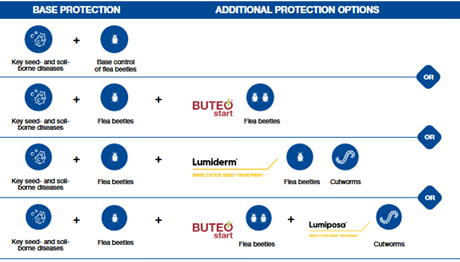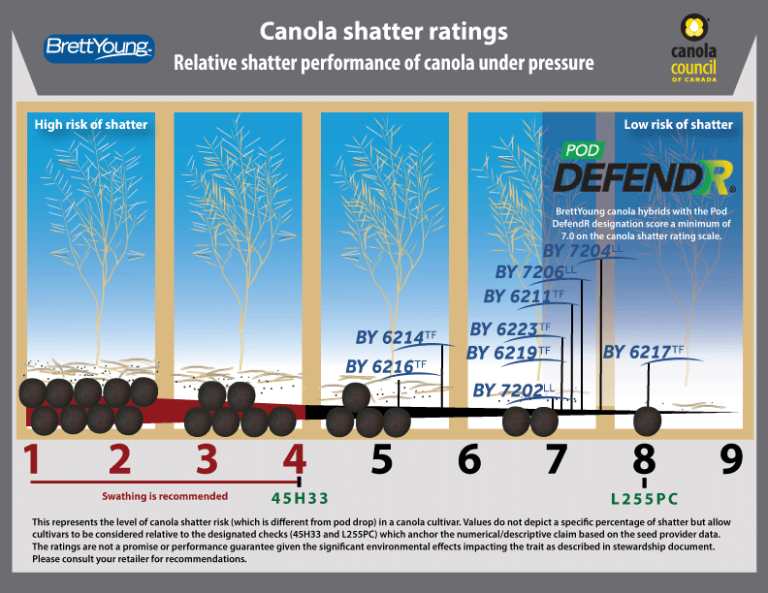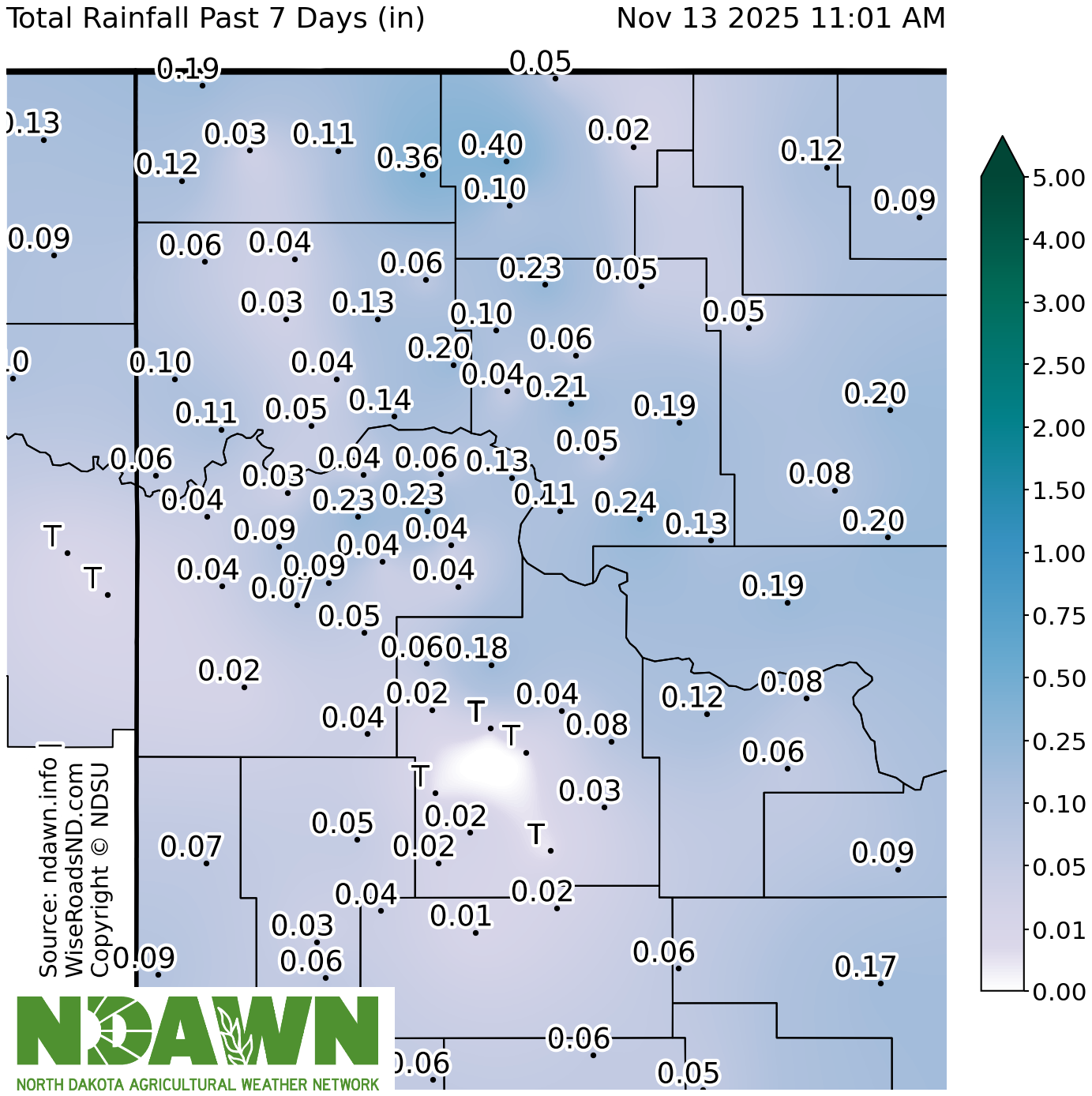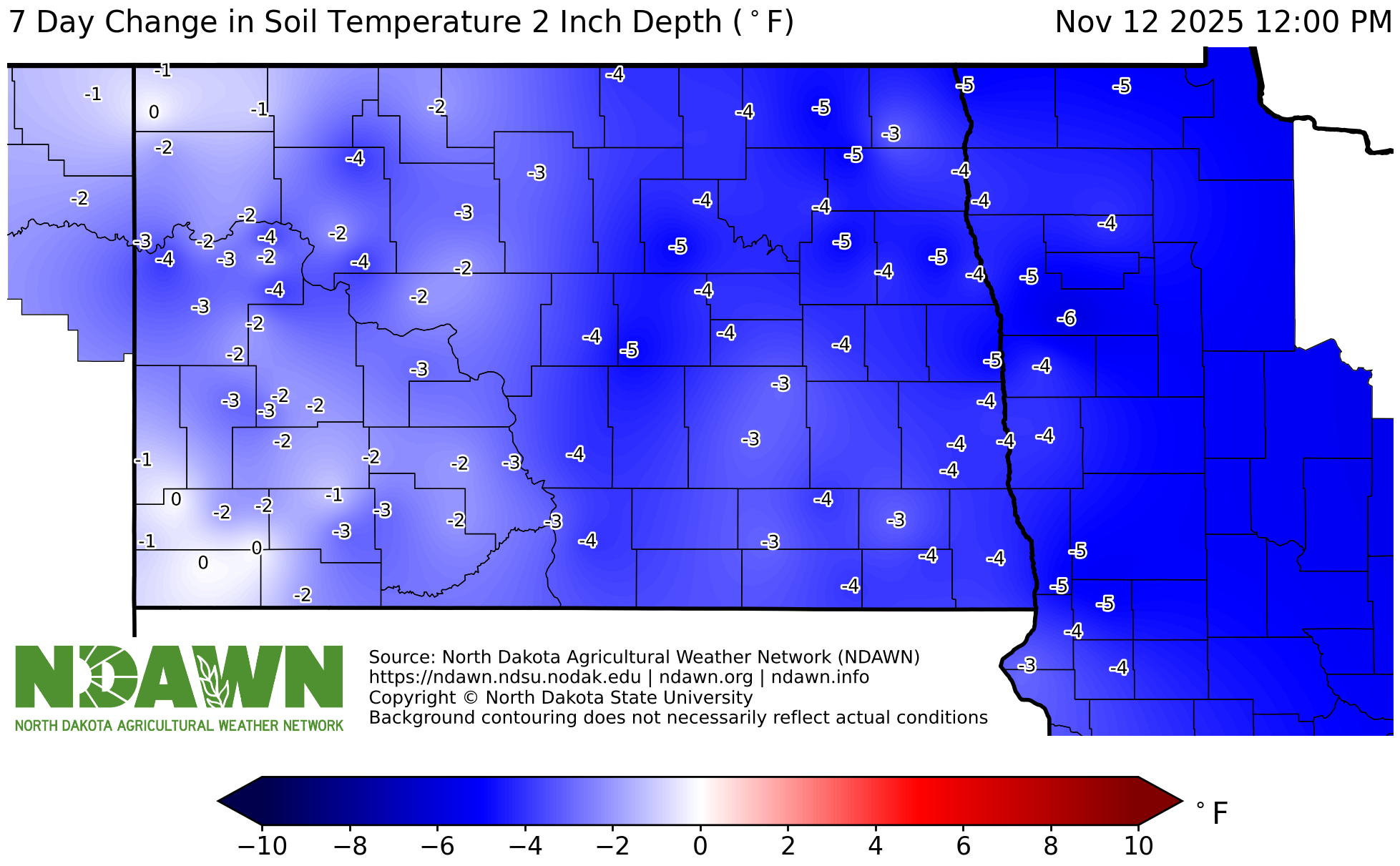Agronomy Update
Nov 14, 2025
Fairview Seed Meeting and Retirement Party
Join us at The Waterhole on Main Street in Fairview, MT, for a meeting on Friday, December 12th, from 3:00–5:00 p.m.The meeting will feature a great lineup of speakers covering topics ranging from financing options to chemical updates. Food will be provided.
- Luke Dighans, CCA and Curtis Droogsma, CCA from WinFieldUnited will discuss Secure Financing and the advantages of earlyseed ordering.
- Eric Fevold from Bayer will share updates on Bayer’s latestchemical products.
- Sam Lincoln from FMC will provide a crop protection update.
- Jon Berglund, Western Region Account Manager with Prairie LandAg, will discuss fertilizer markets
- Dr. Audrey Kalil will share insights on head scab management fordurum and spring wheat
- Zach Weiland and Julia Seiller will be available to take seed ordersand answer any questions.
Following the meeting, from 5:00–8:00 p.m., join us in celebrating Bruce Prevost’s retirement after 23 years with the Horizon Resources Agronomy Division. Dinner will be catered—come and help us wish Bruce a happy retirement!
Choosing the Right Variety for 2026
It’s that time of year again. Harvest is wrapping up for most, and if you’re in a position to do so financially, now is the cheapest time to buy seed—especially corn, soybeans, canola, and sunflowers. The best cash discounts start in November and steadily shrink through the winter. That means there’s real incentive to lock in seed for your 2026 crop right now. As you do, it’s worth digging into trial data and having conversations with your agronomist about which varieties or hybrids will fit your farm the best.There are a few key things to consider as you evaluate new seed products.
Interpreting Yield Trials
Replicated small-plot trials—like WinField United’s Answer Plot sites or university trials—often show higher yields than what you normally see across whole-field averages. These results are accurate, but context matters.Small plots are typically around 10' x 30', sometimes bigger or smaller depending on the crop and location. Because each entry is replicated several times, the total area adds up quickly, so researchers place these trials on the most uniform soils available. That usually means the most productive part of a field. Uniform soils create a level playing field for comparisons, but they can also inflate the top-end yield.
It’s not unusual for parts of your own fields to match the high numbers you see from trial data—it’s just that entire-field averages rarely do. So instead of focusing on the absolute yield values, focus on the
differences between varieties within each individual trial. That’s where replicated data shines: it gives you confidence that the performance differences are real.
Don’t compare yields from one trial location directly against another. Instead, look for patterns. Does a particular variety consistently land near the top across several individual trials or does it only shine in certain locations? Then work backward and ask:
- What were the soils like?
- What fertility program was used?
- Was it irrigated or dryland?
- What kind of growing season did that location have?
Those details help explain why a variety showed what it did—and whether it fits your own acres.
Looking Beyond Yield
Yield gets most of the attention, and rightfully so. But once you’ve narrowed down your top candidates, you need to sort through agronomic traits and decide what matters most for your operation.A few examples:
- Soybeans with strong iron deficiency chlorosis (IDC) tolerance
- Corn with excellent late-season stalk integrity
- Ear shank retention
- Goss’s wilt tolerance
- Canola that stands well and doesn’t lodge
- Sunflower hybrids with high oil content
This list can get long in a hurry, which is exactly the point. The “right” variety isn’t just about raw bushels—it’s about the agronomics that allow you to capture those bushels.
For example, I work with a grower who loves a particular corn hybrid because its top-end yield is unmatched. But with the total acres of corn they plant, by the time they get to the back half of harvest, the stalk quality has deteriorated enough that they can’t harvest the full potential. They’ve learned to limit how many acres they plant to that hybrid and pair it with other hybrids that have stronger late-season standability. As a result, their overall farm average is higher than if they planted 100% of their “favorite” hybrid.
Final Thoughts
As you look through variety trial results this fall and early winter, focus less on the big yield numbers and more on consistent performance and agronomic fit. That’s ultimately what helps you build a seed plan that performs across the whole farm—not just in perfect conditions.Hopefully this gives you some helpful things to think about as you evaluate your seed selections for the 2026 season.
Kyle Okke, CCA
Agile Agronomy LLC & Agronomists Happy Hour podcast
Canola Seed Early Order Deadlines
InVigor - December 9
Multiple seed treatment packages are available with a base package for control of flea beetles and disease, with the option to add Buteo for improved flea beetle control and/or Lumiderm for cutworm management.
Croplan - December 31
Helix Xtra + Lumiderm will come standard on all varieties. Ascend ST3, a plant growth regulator, will come on 9551TF and 7500LL.BrettYoung - December 5 or March 27
The base seed treatment package is Helix Saltro with the option to add Buteo. BY7204 is the LL variety from BrettyYoung with the highest pod shatter score (low risk of shatter).
Dekalb - December 12
$20/bag rebate if ordered by early order deadline. Data from the 2025 Minot NDSU variety trial looks promising for some of these varieties. The DK401TF is both TruFlex and LibertyLink.
Reach out to our Agronomy teams in Williston, Fairview, Zahl, Culbertson or Savage for more information or to book your seed order.
New Cereal Seed Treat for 2026 - CruiserMaxx Vibrance Elite
Syngenta will phase out CruiserMaxx Vibrance Cereals after the 2025 season and replace it with CruiserMaxx Vibrance Elite for 2026. The key differences between the two products include an increased rate of thiamethoxam, the active ingredient that helps suppress wireworms; the addition of a new fungicide, picarbutrazox; and the inclusion of fludioxonil. This new formulation from Syngenta features a similar lineup of active ingredients to Warden Cereals WRII from WinField United, with the addition of picarbutrazox.
Picarbutrazox controls Pythium, a soil-borne water mold, which infects seed resulting in reduced emergence and patchy stands. Pythium feeds on a wide range of crops, included pulses, so crop rotation is not an effective management strategy. When we are planting seed into cold, wet soils, seed treatment is our primary control mechanism. For years we have used metalxyl or mefenoxam to control this pathogen but recently these have lost efficacy and in some cases the pathogen is resistant. It is for this reason that picarbutrazox was developed and is now available in the seed care market.
The image below shows a petri dish containing Pythium (fluffy white growth) and seed that is untreated, treated with metalaxyl or treated with picarbutrazox (tradename: Vayantis). You can see how the pathogen growth is inhibited by metalaxyl, but control is much higher with the Vayantis treated seed.

When pythium is present in the soil this enhanced protection results in more vigorous early season growth (figure below).

The remaining active ingredients in this product (sedaxane, difenconazole, fludioxonil) provide multiple layers of protection against soil pathogens like Rhizoctonia and Fusarium which cause seed rot, seedling blight and root rot. Each of these active ingredients belong to a different fungicide group, and thus targets distinct pathogen spectrums and sites of action.
Fludioxonil (Group 12) is described as good to very good by the Crop Protection Network for control of Fusarium, while Sedaxane (Group 7) is considered excellent on Rhizoctonia. The triazole fungicides, including difenoconazole (Group 3), are effective against a range of fungal pathogens, including Fusarium, thereby adding another layer of protection. As seen with Pythium, repeated use of any single class of fungicides can lead to resistance. Therefore, including multiple active ingredients in seed treatment premixes not only broadens protection but also serves as an important strategy for managing resistance in soil- and seed-borne pathogen populations.
For cereal crops, seed treatment is also important for control of seed-borne diseases like loose smut, scab and black point, which require systemic fungicides. Difenconazole and sedaxane are labeled for protection against a range of seed-borne diseases like loose smut.
Seed lots infested with the Fusarium species associated with head scab may have reduced germination, and seed treatment with fludioxonil has been shown to be beneficial for management of seed-borne Fusarium. Seed infection with Fusarium causes below ground diseases like seed rot and damping off, but this does not increase risk for head scab in the subsequent crop.
If you have any questions about seed treatment and/or the control of soil and seed-borne diseases please feel free to reach out.
Dr. Audrey Kalil
Agronomist/Outreach Coordinator
Climate and Soil Conditions Update


